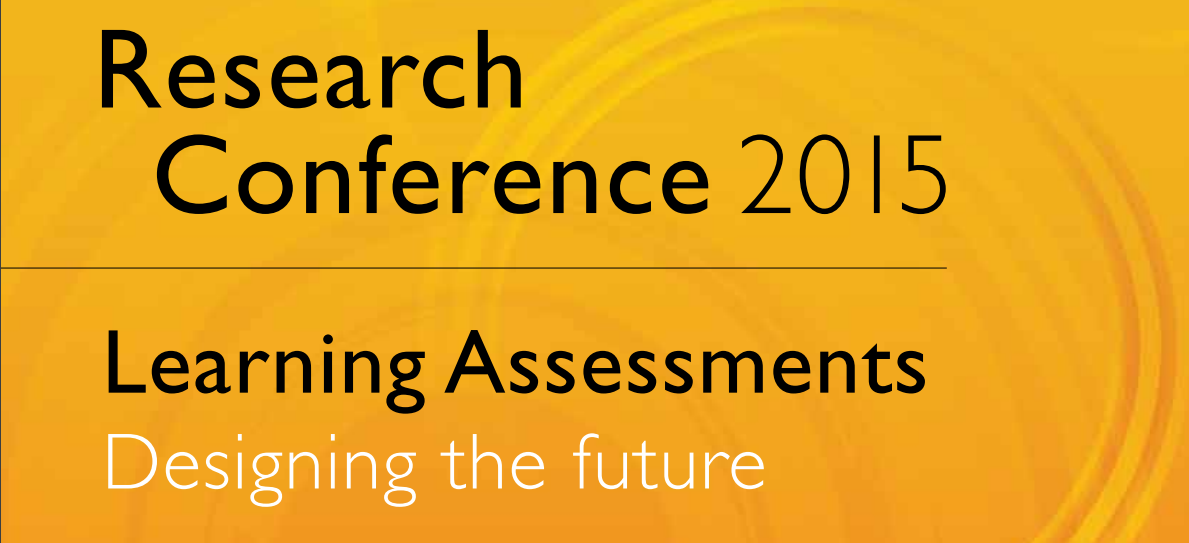
Monday 17 August 2015
Start Date
17-8-2015 2:45 PM
End Date
17-8-2015 4:00 PM
Subjects
Digital technology, Learning environment, Computer assisted teaching, Simulation, Interactivity, Science teaching, Student assessment, Evaluation
Abstract
There is an increasing interest in using digital technologies to create interactive learning environments (ILEs) that both teach and assess student skills that are hard or impossible to assess using ‘static’ items such as traditional, multiple-choice questions. These interactive learning environments try to do two things simultaneously: firstly, to monitor the learning of the student in real time, providing feedback to help the student progress through the learning task; and secondly, to use the information gathered during the learning to make judgements about where the student is in learning of the topic. Essentially, ILEs draw upon the same source of data — the interactions of the student with the learning materials and embedded assessment tasks — to perform these measurements. To make these kinds of decisions, ILEs collect and analyse many variables; the complexity of these data demands the use of sophisticated assessment methods that differ from those used in traditional paper-and-pencil tests. The complexity of the ILEs also introduces challenges such as students becoming confused or failing to comprehend the feedback from the system. Through reference to examples of ILEs, this session shows how assessment of learning takes place, how such assessment can provide valid and reliable measures, what we are learning about students’ use of the systems and how we are working to refine the systems of the future.
Recommended Citation
Timms, M., & Lodge, J. (2015, August 17). Assessment in interactive learning environments [Paper presentation]. Research Conference 2015 - Learning assessments: Designing the future. https://research.acer.edu.au/research_conference/RC2015/17august/13
Copyright Statement
Copyright Australian Council for Educational Research 2015
Place of Publication
Melbourne
Publisher
Australian Council for Educational Research (ACER)
ISBN
9781742862873
Geographic Subject
United States
Included in
Educational Assessment, Evaluation, and Research Commons, Instructional Media Design Commons, Online and Distance Education Commons
Assessment in interactive learning environments
There is an increasing interest in using digital technologies to create interactive learning environments (ILEs) that both teach and assess student skills that are hard or impossible to assess using ‘static’ items such as traditional, multiple-choice questions. These interactive learning environments try to do two things simultaneously: firstly, to monitor the learning of the student in real time, providing feedback to help the student progress through the learning task; and secondly, to use the information gathered during the learning to make judgements about where the student is in learning of the topic. Essentially, ILEs draw upon the same source of data — the interactions of the student with the learning materials and embedded assessment tasks — to perform these measurements. To make these kinds of decisions, ILEs collect and analyse many variables; the complexity of these data demands the use of sophisticated assessment methods that differ from those used in traditional paper-and-pencil tests. The complexity of the ILEs also introduces challenges such as students becoming confused or failing to comprehend the feedback from the system. Through reference to examples of ILEs, this session shows how assessment of learning takes place, how such assessment can provide valid and reliable measures, what we are learning about students’ use of the systems and how we are working to refine the systems of the future.

